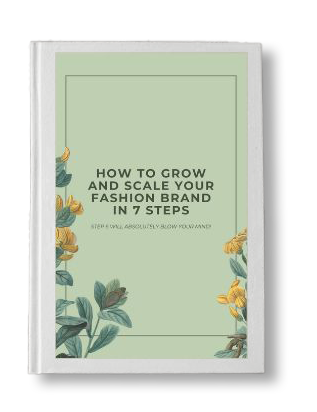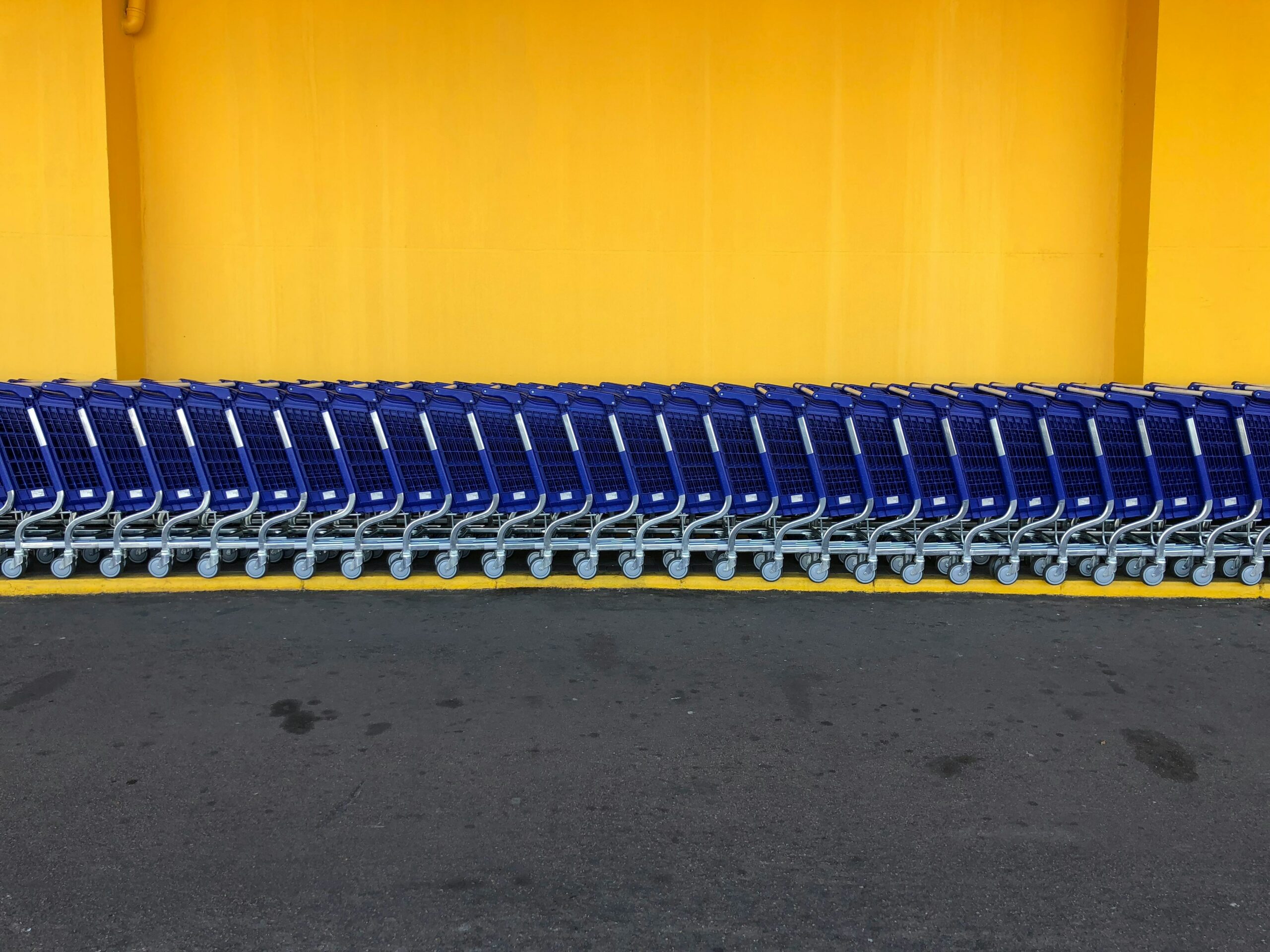Are you wondering how to reduce abandoned carts in your fashion e-commerce store?
If there’s one particularly painful challenge in e-commerce, it’s exactly abandoned carts. And if we niche down to the fashion industry, they become an even bigger obstacle to your business.
Sure, there could be many reasons why a customer ends up abandoning their cart.
However, one factor stands out from the rest: sizing uncertainties. Confusion around clothing fit is so prevalent that 60% of online shoppers end up not completing their purchase because of it.
You read it right. That’s 60%!
In other words, you need to help your customers find clothing for their unique body measurements and type. This will translate into a decreased number of abandoned carts and increased brand loyalty.
Let’s look at four strategies that will help you out.
1. Use actually accurate sizing tools
A lot of fashion brands have started utilizing size recommendation tools.
There’s a catch, though: some of them aren’t as precise as your customers would like them to be.
When choosing a tool, you need to ensure it provides recommendations based on a 1-to-1 matching between product measurements and customer measurements.
Any algorithm should match your customer’s bust, hips, and waist measurements to the specific product they are considering buying.
A lot of tools don’t go for a 1-to-1 matching, unfortunately. And a lot of brands fail to realize that an inaccurate tool doesn’t solve the abandoned cart challenge.
So why do many sizing tools end up being insufficient?
A piece of clothing doesn’t fit because of three main reasons:
Reason #1: Even though clothes might be the same size, their pattern is different
Garment size depends on both the fit and fabric elasticity.
Most customers don’t consider elasticity when they order clothes. And it’s exactly this reason why they see themselves jumping between different sizes when shopping online.
Reason #2 Even though clothes might be the same size, women’s bodies are different
Men have it easier here. Most of them vary between two sizes at most. For women, this gets bumped up to three (or even more)!
The main culprit here is the different body types ladies have. A lot of the sizing labels don’t consider body shape, unfortunately.
Reason #3 Even though clothes might be the same size, the suppliers are different
The industry lacks a universal template for size charts. Brands devise their own systems which further confuses customers.
Considering these three reasons, it’s clear that size recommendation tools that rely solely on matching one brand’s size guide to another’s fail in terms of accuracy.
But what about the tools that compare customers’ weight and height with those of similar buyers?
They’re not accurate, either.
Why?
Because every human body is unique! Algorithms that only consider weight and height miss crucial details like body type and specific measurements (bust, waist, hips).
Here’s an example. Two customers may share the same height and weight.
And yet:
One might have a pear-shaped body with wider hips, while the other has an inverted triangle shape with broader shoulders and chest!
Therefore, size recommendation tools must consider individual body measurements and types, not just generic weight/height comparisons.
The only way to provide accurate size recommendations is by matching the actual clothing measurements of a product to the unique body measurements and preferences of an individual customer. This approach ditches relying on generic size comparisons and tailors everything specifically to the customer’s body.
Size Sense is a tool that achieves this. Our 1-to-1 matching algorithm considers not only elasticity and clothing fit but also personal style preferences.
Whether customers like their clothes fitted, regular, or loose, Size Sense considers it for a 94% successful fitment rate.
As you can guess, such accuracy drastically helps you cut down on abandoned carts for fashion e-commerce stores and decrease return rates.
2. Encourage customers to leave reviews and photos
Social proof. This is the key term you’re looking at here and helps a lot with reducing the abandoned carts in your fashion e-commerce store, as it builds the authority of your brand.
Customer reviews and media (photos or videos) serve as important social proof. They reassure potential buyers about the fit and quality of a brand’s product catalog.
Most consumers appreciate reading reviews, especially when reviewers also share their height and body measurements. Discussing how a particular size fits, how the fabric feels etc. is of tremendous help. This way, potential buyers can compare their measurements with those of the reviewer.
Once again, there’s a catch.
Depending on your products, gathering enough social proof data could prove challenging.
A precise size recommendation tool on your e-commerce store helps with that, too. If you have one, your customers won’t even need to make these comparisons. Instead, they’ll receive personalized size recommendations based on their measurements and shape.
Just like a personal tailor – which is how we designed Size Sense to operate.
Get a FREE copy of our eBook
Boost Sales For Your Fashion Brand!

A must read for every fashion designer and brand owner who wants to scale their business.
3. Be very clear in your product descriptions
Some brands really underestimate how product descriptions can reduce abandoned carts for fashion e-commerce stores.
Provide comprehensive product descriptions! Include fine details about the fabric, fit, and care instructions. The more transparent and detailed you are, the more you set accurate expectations.
Uploading actual size charts for each product in your store is the most effective approach to achieving this. If you offer a general brand size guide won’t streamline your customers’ search. Nor will a per-product-type size guide help out that much.
The key to making a consumer’s search easier is providing product-specific size charts. They need to detail the exact bust, chest, and hip measurements for each item.
4. Offer easy returns and exchanges
We’re sure our final discussion point is easier said than done for many brands.
Still, a hassle-free return and a generous exchange policy are vital for reducing abandoned carts. Clear, extensive information about your return and exchange policies will alleviate fears of ordering the wrong size.
Some fashion stores can afford this. Others can’t, as it will cut deep into their profits.
No matter whether you’re from the former or latter group, an accurate sizing tool will help out in this regard too. Precise fitment means no desire among customers to return the garment in question, after all.
Give Size Sense a try and see if it makes a difference. We believe it will.

Leave a Reply
You must be logged in to post a comment.